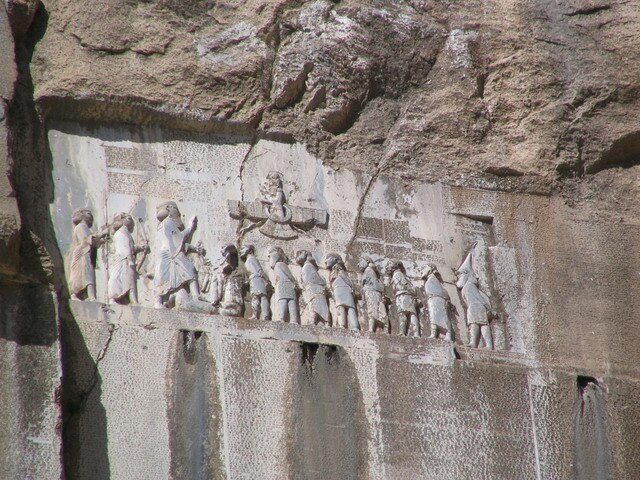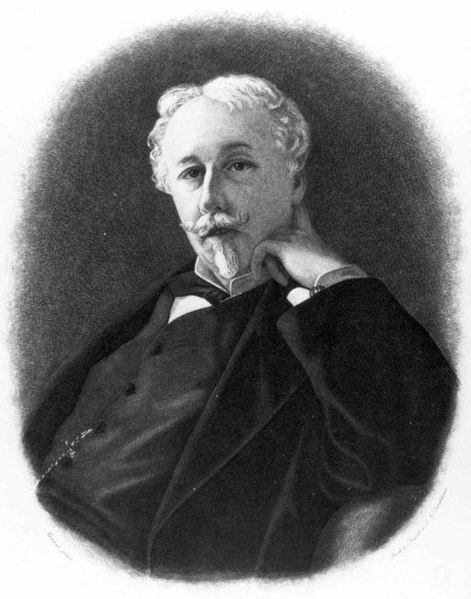Aryan or Arya is a term originally used as an ethnocultural self-designation by Indo-Iranians in ancient times, in contrast to the nearby outsiders known as 'non-Aryan'. In Ancient India, the term ā́rya was used by the Indo-Aryan speakers of the Vedic period as an endonym (self-designation) and in reference to a region known as Āryāvarta, where the Indo-Aryan culture emerged. In the Avesta scriptures, ancient Iranian peoples similarly used the term airya to designate themselves as an ethnic group, and in reference to their mythical homeland, Airyanǝm Vaēǰō. The stem also forms the etymological source of place names such as Alania and Iran.
One of the earliest epigraphically attested reference to the word arya occurs in the 6th-century BC Behistun inscription, which describes itself as having been composed "in arya [language or script]" (§ 70). As is also the case for all other Old Iranian language usage, the arya of the inscription does not signify anything but "Iranian".
Full figure of Darius trampling rival Gaumata
Head of Darius with crenellated crown
Arthur de Gobineau (1816–1882)
The Indo-Iranian peoples, also known as Ā́rya or Aryans from their self-designation, were a group of Indo-European speaking peoples who brought the Indo-Iranian languages to major parts of Eurasia in waves from the first part of the 2nd millennium BC onwards. They eventually branched out into the Iranian peoples and Indo-Aryan peoples.
Rigveda manuscript page (1.1.1–9)
Yasna 28.1 (Bodleian MS J2)






